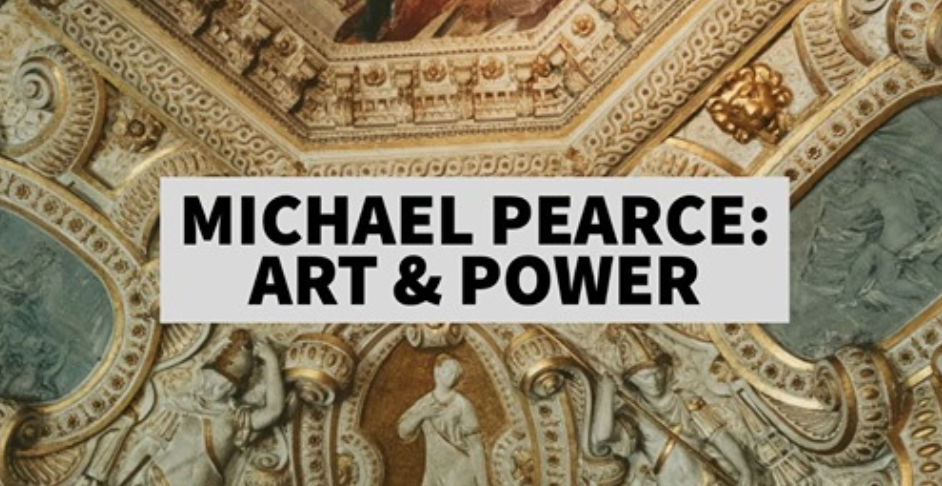I had a lovely time chatting with Cornelius Christian on his podcast, Coffee with Cornelius.

He was an excellent host, and allowed me to explain the early history of the avant-garde and its indisputably proto-communist origins. I regret that I didn’t have time to talk about how New York brahmins appropriated the term “avant-garde” to mean something quite different.
Early 20th-century American art critics Guillame Apollinaire, Clement Greenberg and Edward Jewell subtly changed the meaning of the term when they began applying it to left-wing artists who were individualists, instead of using it to describe artists who were socialist-realist propagandists. The transition began with Apollinaire, who had coined the terms “surrealism†and “orphism,†and also used “avant-garde†in 1912 to describe “the young painters of the avant-garde school.†Apollinaire said these avant-gardists wanted to make pure paintings after the fashion of the legendary ancient Greek painter Apelles, who had used delicate lines to compete with his rival Protogenes.
Regardless of whether Apollinaire was unaware of, or did not understand the history of the term as the specific domain of socialist realism, or if he deliberately appropriated it in his search for the nomenclature of modern painting, using “avant-garde†to describe modern and abstract artists was a significant choice, for now the term was equated with radical efforts to find a new art to satisfy the new time, not to describe specifically communist propaganda.
In Fall of 1939 Greenberg’s Avant-Garde and Kitsch was published in Partisan Review – an American communist journal. The article was written from the position that in the 1930’s, capitalism was perceived as a failed and broken system for which the only antidote was Marxist communism. This apocalyptic stance colours everything that follows in the essay. With remarkable pessimism, Greenberg claimed that avant-garde culture was a response to “the last phase of our own culture.†He starts well, noting that the birth of the avant-garde coincided chronologically – and geographically, too – with “the first bold development of scientific revolutionary thought in Europe,†which presumably means Saint-Simonian proto-communism. But he quickly gets his facts absurdly wrong, ridiculously claiming that bohemia “was then identical with the avant-garde,†despite his own admission that bohemians were “demonstratively uninterested in politics.†He maintained that the avant-garde had emigrated from bourgeois society to bohemia, and rejected the markets of capitalism, but that bohemians were also conscious of the fact that bohemia needed bourgeois money. Greenberg correctly explained that his avant-garde artists – he really meant bohemians – had rejected revolutionary politics and embarked upon a search for the absolute, manifested as art for art’s sake, at which point subject matter or content were “avoided like a plague.†His avant-garde, then, tried but failed to imitate, not god, but “the disciplines and processes of art itself.†This imitation of imitation was “the genesis of the ‘abstract.’â€
This was an hopelessly incorrect application of the term “avant-garde†to the true situation in mid-19th century France, in which the bohemian and individualist practitioners of art for art’s sake would have vehemently objected to being described with it.

By describing bohemian abstract artists as “avant-garde,†the Marxist Greenberg had appropriated bohemia and given it a radical left flavor. The contradiction was self-evident – hadn’t he said himself that his avant-garde was umbilically attached to the American elite by capital? His claim that after 1848 bohemia had become a sanctuary from capitalism jars with the historical narrative of the repeated story of bohemians either maturing into members of the bourgeoisie as they found success, or, as Murger had described, finding the hospital or the morgue instead.
This new avant-garde was still used as a propaganda tool, but now it was a tool that projected American soft-power.


